Imagine having such a large collection of porcelain antiques that you need a separate room to keep it all.
And imagine the same for silver, and you have some idea of the life of Wilhelmina von Hallwyl (1844 – 1930), sole heiress to a wealthy Swedish timber-merchant.


Sweden is dominated by forests—and timber was big business in the 19th century. Wood was needed for fuel, construction, the iron and steel industry, shipbuilding, and pulp and paper industries. It helped transform Sweden from an agrarian society into an industrialized nation.

Married at the age of 20, Wilhelmina’s Swiss-born husband, Count Walther von Hallwyl (1839–1921), took over the lumber business from her father, allowing Wilhelmina time to indulge her passion for collecting art and antiques.
Wilhelmina was the consummate collector. From her travels around the world, she amassed enough artifacts to fill a house. In fact, she did fill a house—the Hallwyl’s own city mansion. Even the attic had to be converted into a gallery to house her paintings.

Upon her death, Wilhelmina gave back to society—donating her entire house and its contents to the Swedish state. It took eight years to catalogue around 50,000 objects, covering 79 volumes in print.

The house remains as it was when Wilhelmina and her family occupied it. The collections of art, antiques, furniture, textiles and a whole array of everyday household objects used by the family and servants, is just how she left it.
Let us enter the world of Wilhelmina as it was in 1865 …
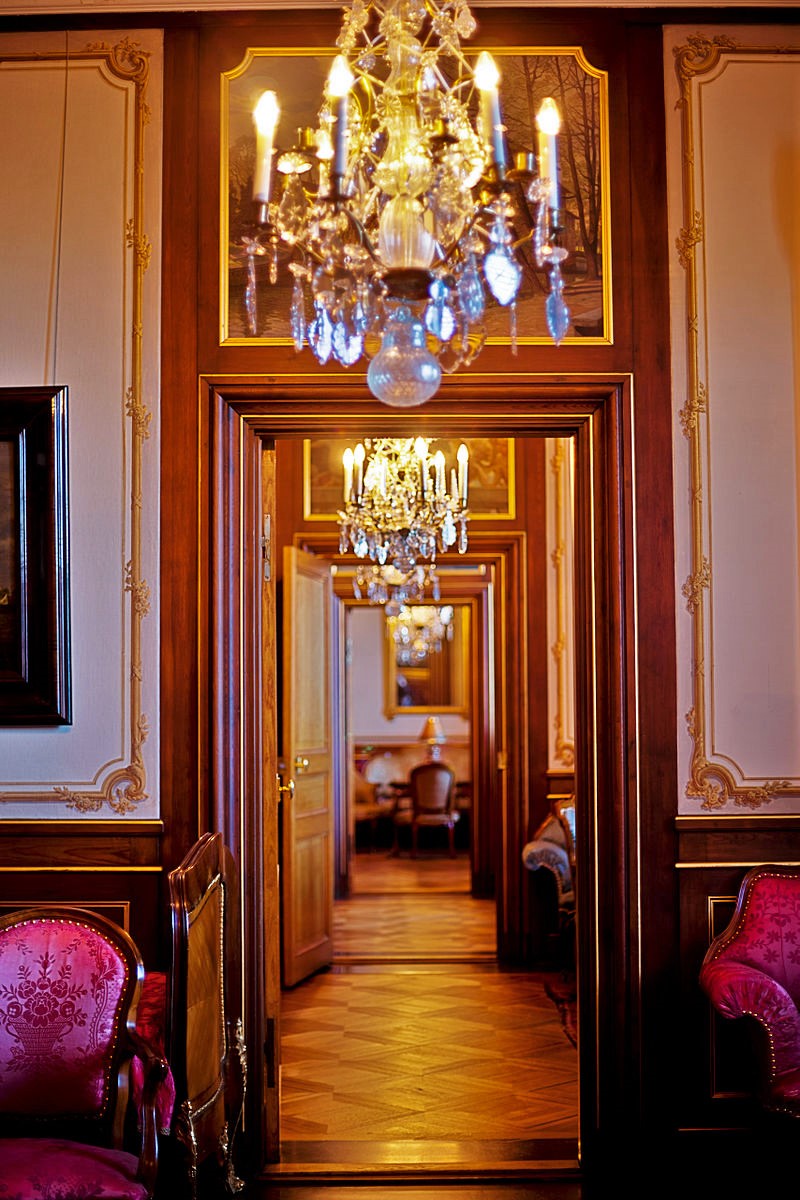
She wore this dress for the oval portrait above and had been married only a few months at the time. Having traveled extensively with her parents, at 21, she already had a substantial collection of art and antiques.



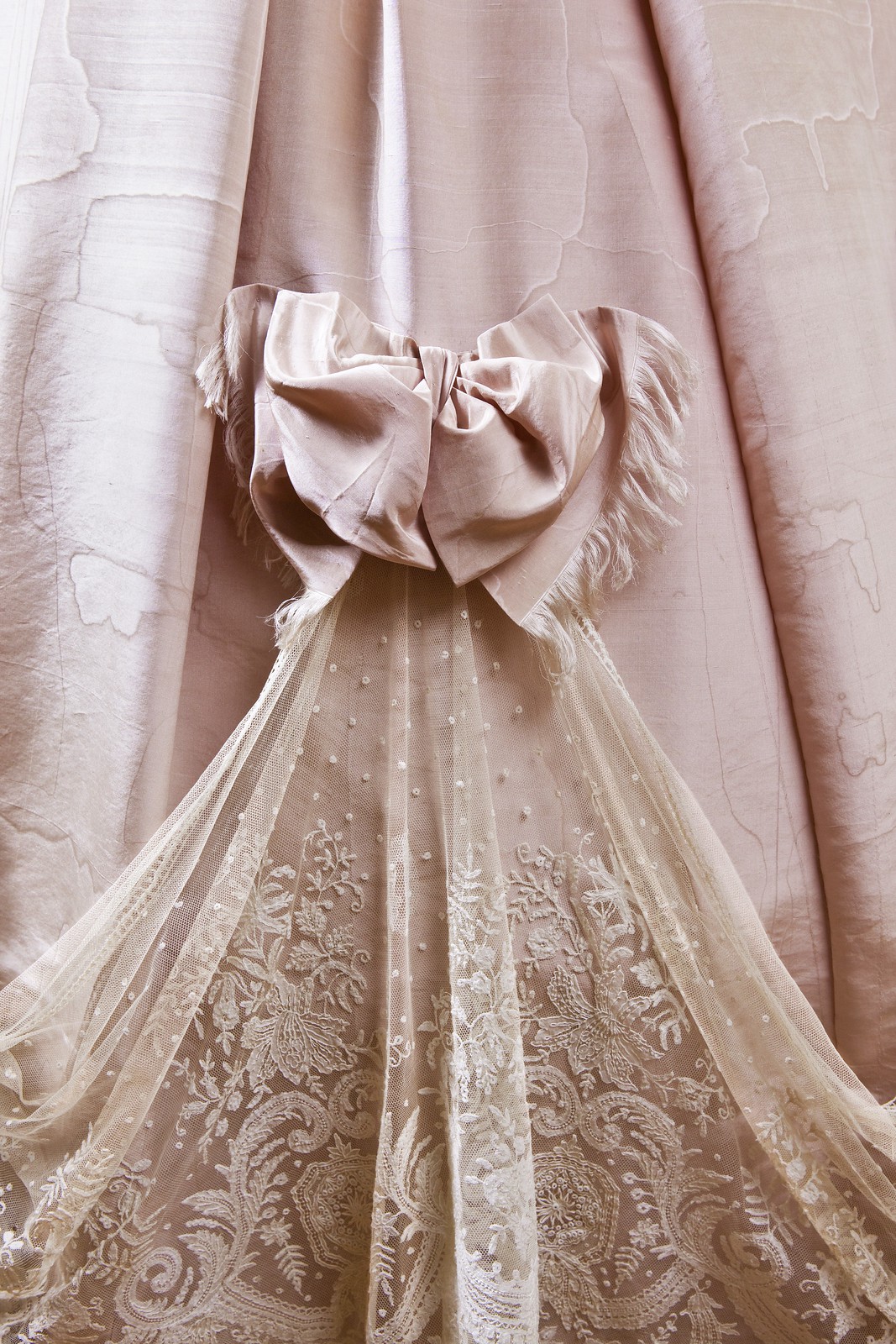







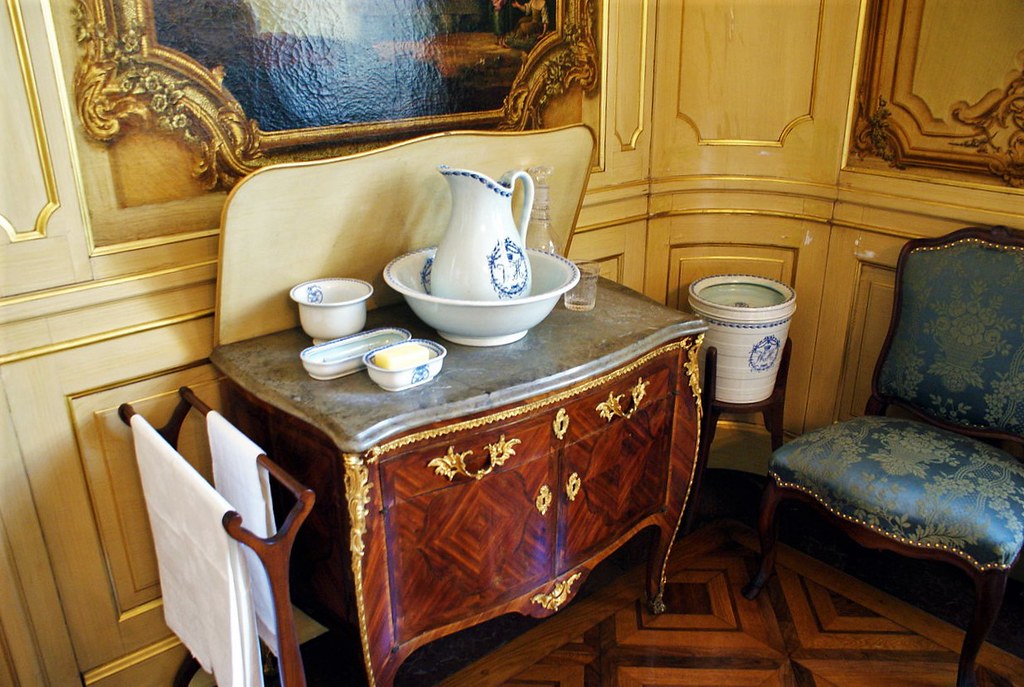




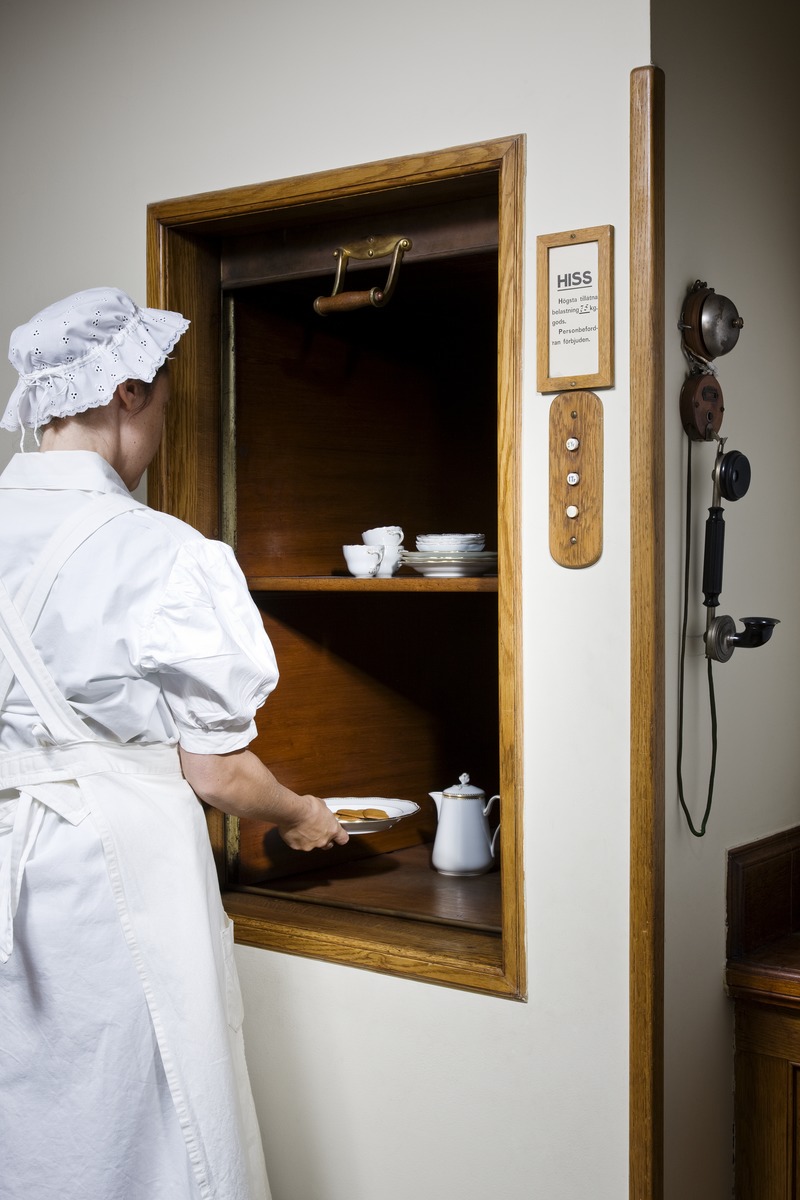




And now for some of Wilhelmina’s curios …


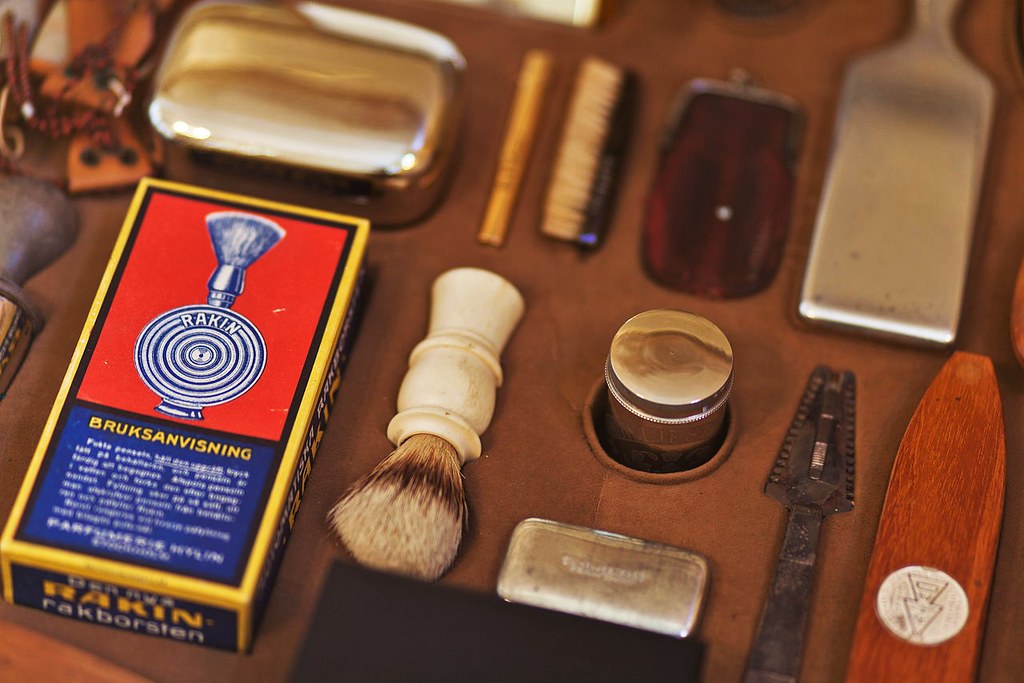



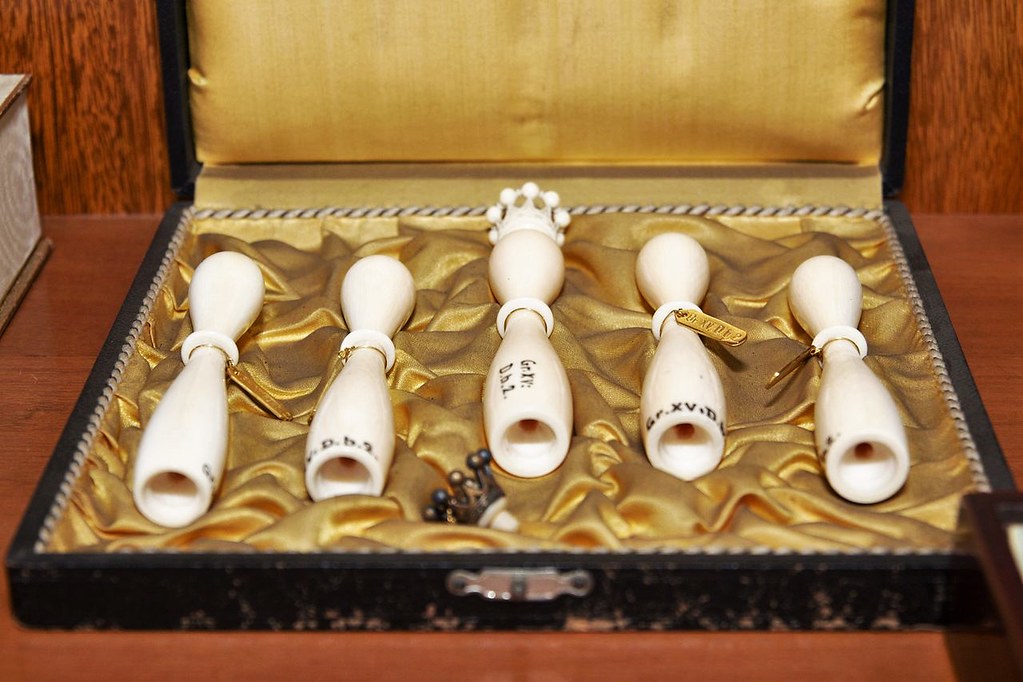




A small sample of Wilhelmina’s art gallery …



For a complete look at the gallery and the rest of the museum, why not take a virtual tour.
Click here for a virtual tour of the museum …
References
Wikipedia
hallwylskamuseet.se/sv




